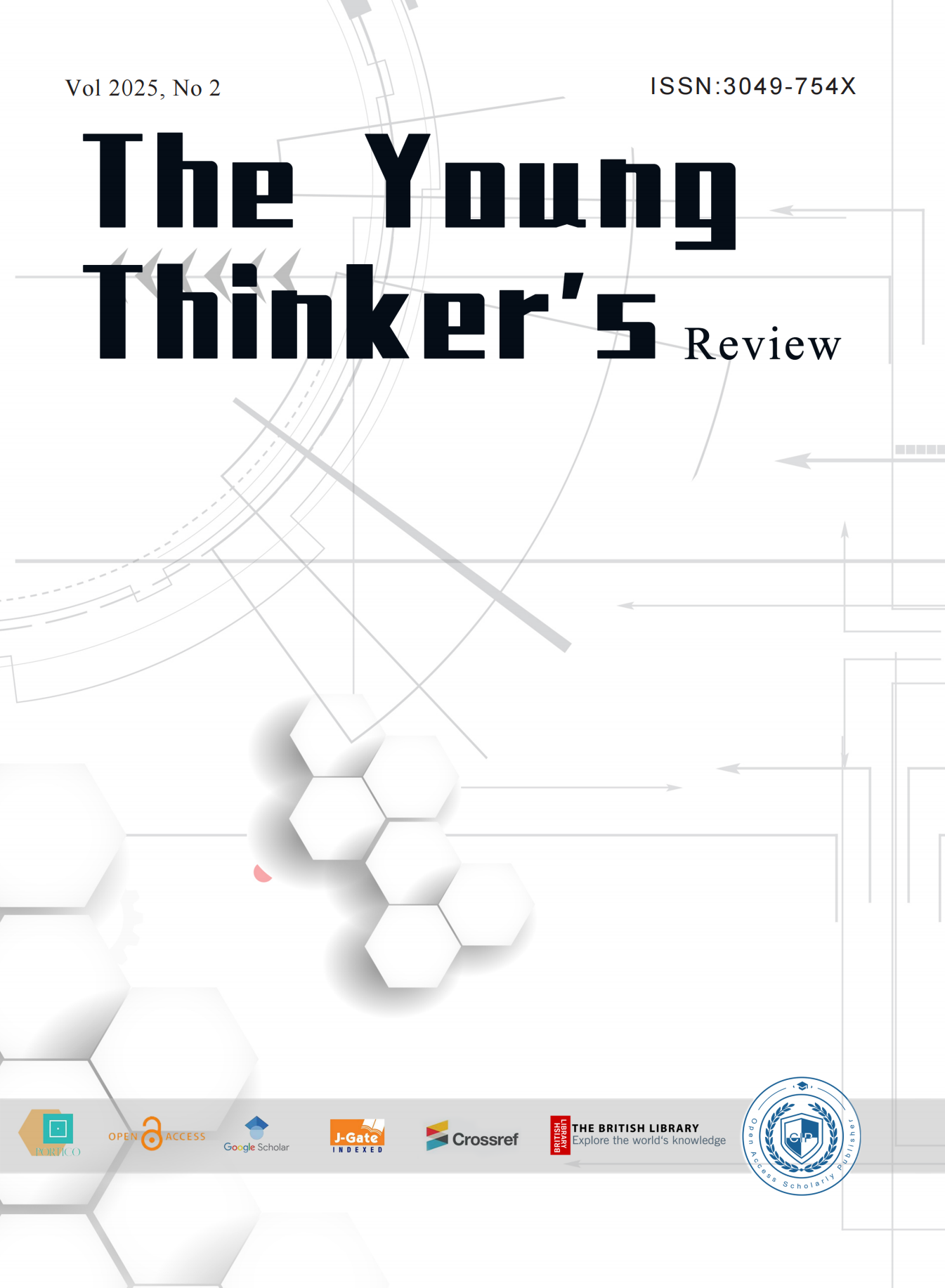Comparative analysis of the physical fitness status of Chinese and Vietnamese adolescents aged 12–15
Published 25-03-2025
Keywords
- Vietnam,
- China,
- Adolescents,
- Physical Fitness,
- Body Composition
- Physiological Function,
- Physical Performance ...More
Copyright (c) 2025 The Young Thinker's Review

This work is licensed under a Creative Commons Attribution-NonCommercial 4.0 International License.
How to Cite
Abstract
This study employs the methods of literature review, mathematical statistics, and logical analysis, using the physical fitness test data of Chinese and Vietnamese adolescents from 2010 as the research subjects. It conducts a comparative analysis of the physical fitness status of adolescents aged 12–15 in the two countries. The findings indicate that Chinese adolescents in all age groups have significantly higher heights and weights compared to their Vietnamese counterparts. Among Chinese adolescents, boys aged 12–15 and girls aged 12–13 have higher lung capacities than Vietnamese students of the same age groups, while Vietnamese girls aged 14–15 have higher lung capacities than Chinese girls of the same age. Additionally, Chinese adolescents aged 12–15 show significantly higher levels in physical fitness indicators such as strength, speed, endurance, and flexibility compared to Vietnamese adolescents. Overall, the physical health level of Chinese adolescents aged 12–15 was higher than that of Vietnamese adolescents in 2010. The study analyzes the reasons for these differences from the perspectives of economic development levels and policies and offers suggestions for Vietnam to improve the physical fitness level of its adolescents.
References
- Ministry of Education of the People's Republic of China. 2010 Survey Report on the Physical Fitness and Health of Chinese Students [M]. Beijing: Higher Education Press, 2012.
- Chen Deyong. Research on the Physical Development of Vietnamese Adolescents Aged 6–18 [M]. Hanoi: Vietnam Sports Publishing House, 2015.
- Nguyen Tuan, Pham Minh Ton. Theory and Methods of Physical Education [M]. Hanoi: Vietnam Sports Publishing House, 2000.
- Nguyen Duc Van. Statistics in Physical Education [M]. Hanoi: Vietnam Sports Publishing House, 2000.
- Nguyen Kim Minh. Characteristics of Physical Fitness of Vietnamese General Education Students [M]. Hanoi: Vietnam Sports Publishing House, 1986.
- Zhang Yang, He Ling. Dynamic Analysis of the Physical Health Status of Chinese Adolescents—Based on Four National Physical Health Surveys from 2000 to 2014 [J]. China Youth Studies, 2016(6): 5-12.
- Ministry of Health of Vietnam. 2010 National Survey on Nutrition of Children and Adolescents and Report for the 2011–2020 Strategic Stage [R]. Hanoi: National Conference on Nutrition of Children and Adolescents, 2010: 6-11.
- Zhao Liqun. Analysis of Influencing Factors of Childhood Obesity and Evaluation of Intervention Effects [D]. Shanghai: Fudan University, 2014: 5-7.
- Li Jianchen, Ren Baoguo. Physical Training and Health of Adolescents [M]. Beijing: Beijing Chemical Industry Press, 2014.
- Zhang Ming, Yang Lin, Wang Lili. Research on the Synergy of Promoting Adolescent Physical Health [J]. Journal of Hebei Institute of Physical Education, 2005, 29(1): 5-8.

